CCSS.MATH.CONTENT.3.MD.B.3
Draw a scaled picture graph and a scaled bar graph to represent a data set with several categories. Solve one- and two-step "how many more" and "how many less" problems using information presented in scaled bar graphs. For example, draw a bar graph in which each square in the bar graph might represent 5 pets.
- Free Plan
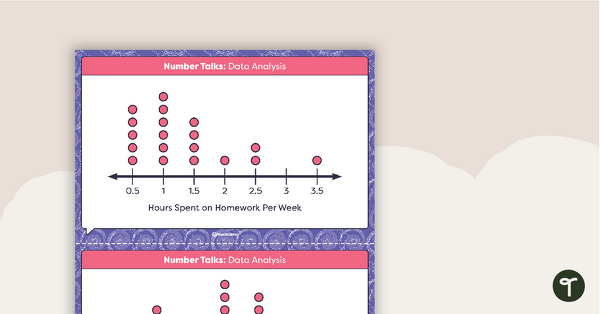
Number Talks - Data Analysis Task Cards
Build data analysis skills with this set of 26 task cards.
- Plus Plan
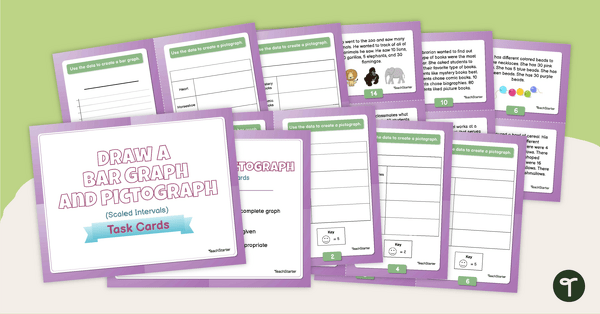
Draw a Bar Graph and Pictograph (Scaled Intervals) – Task Cards
Practice drawing scaled bar graphs and pictographs with this set of task cards.
- Plus Plan
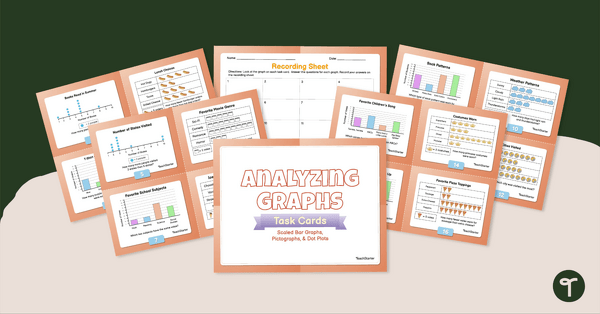
Analyzing Graphs — Scaled Bar Graphs, Pictographs, & Dot Plots —Task Cards
Use data analysis skills to analyze scaled bar graphs, pictographs, and dot plots with this set of task cards.
- Plus Plan
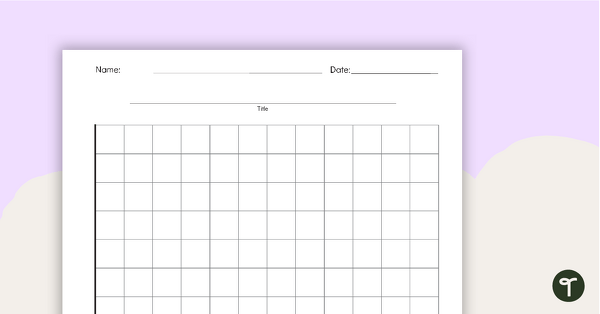
Blank Graph Template
A blank template for constructing graphs.
- Plus Plan
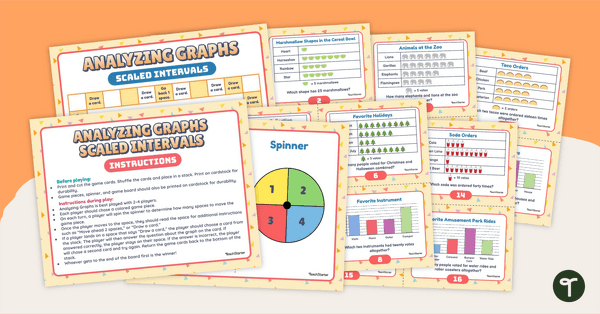
Analyzing Graphs (Scaled Intervals) – Board Game
Use this board game to sharpen data analysis skills when solving problems with information presented in a scaled picture graph and bar graph.
- Plus Plan
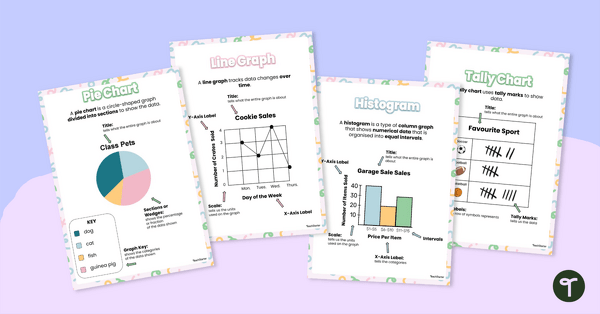
Types of Graphs Posters
This colorful and easy-to-digest visual display shows students the varying data displays they will encounter in their elementary math lessons.
- Plus Plan
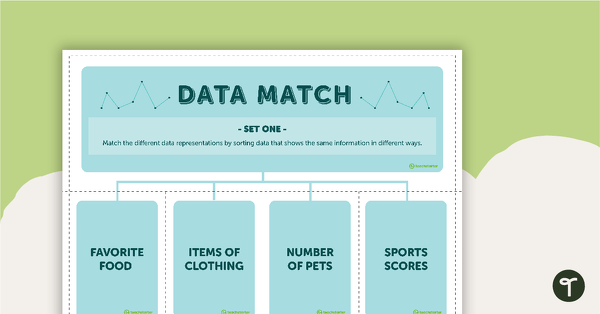
Data Match Game Cards (Set 1)
A match-up game for students to use when exploring data.
- Plus Plan
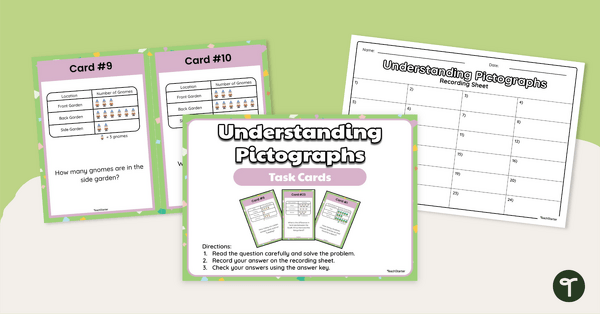
Understanding Pictographs - Task Cards
Use this set of task cards to practice reading and interpreting pictographs and bar graphs.
- Plus Plan
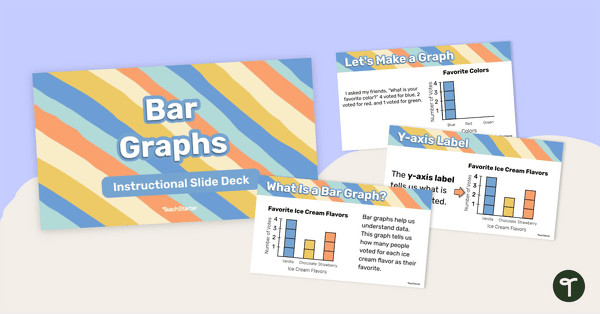
Bar Graphs – Instructional Slide Deck
Learn about the features and how to create a bar graph with this 25-page instructional slide deck.
- Plus Plan
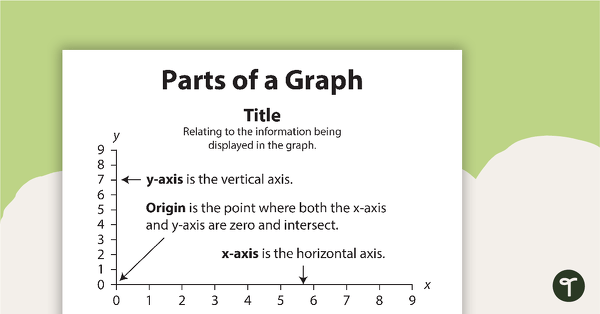
Parts of a Graph (Black and White Version)
A poster showing the different parts of a graph.
- Plus Plan
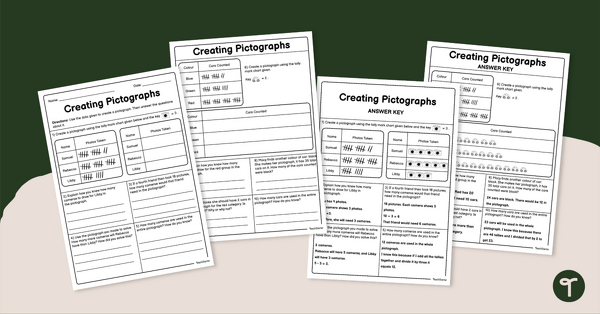
Creating Pictographs Worksheet
Use this engaging worksheet to practice creating and reading pictographs.
- Plus Plan
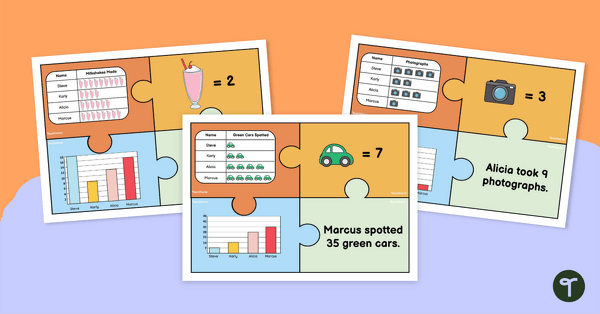
Pictograph Puzzles
Practice reading and interpreting pictographs with these fun puzzles which require students to match pictographs with other data displays with matching data.
- Plus Plan
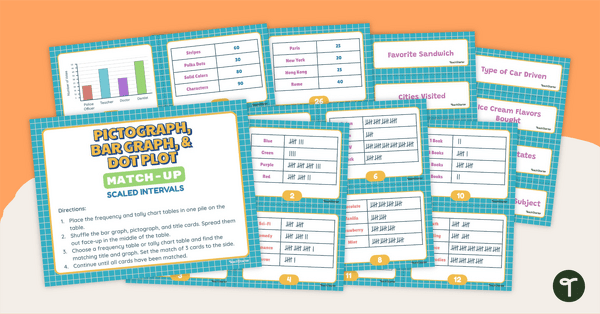
Pictograph, Bar Graph, & Dot Plot Match-Up (Scaled Intervals)
Use data analysis skills to match tally charts and frequency tables with their corresponding bar graph, pictograph, or dot plot.
- Plus Plan
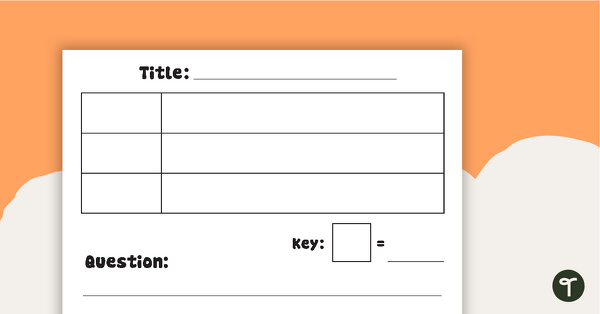
Picture Graph Templates
A set of blank picture graph templates for students to represent data.
- Plus Plan
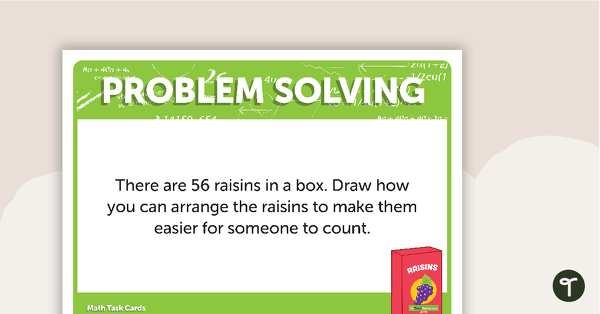
Open-ended Math Problem Solving - Grades 1, 2, and 3 (Task Card Version)
A set of 20 open-ended problem solving task cards covering a range of mathematical concepts.
- Plus Plan
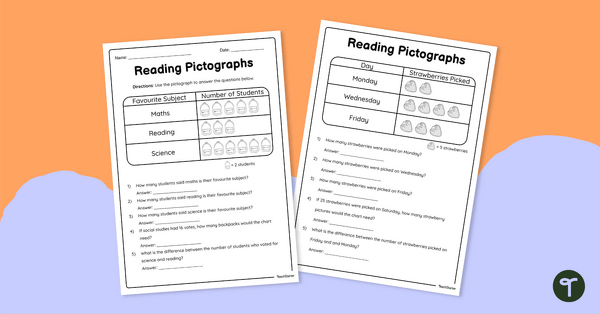
Reading Pictographs - Worksheets
Use this double-sided worksheet to enable students to practice reading and interpreting pictographs.
- Plus Plan
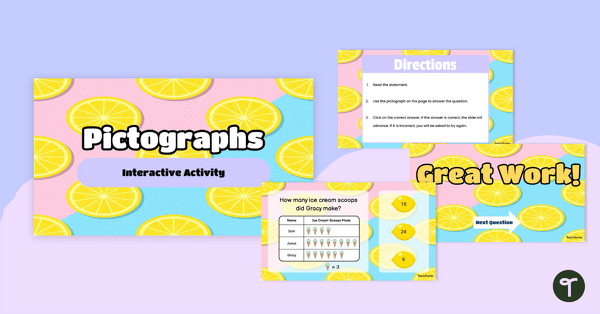
Pictographs - Interactive Activity
Use this fun and engaging interactive activity to aid students. in practicing their pictograph interpretation skills.
- Plus Plan
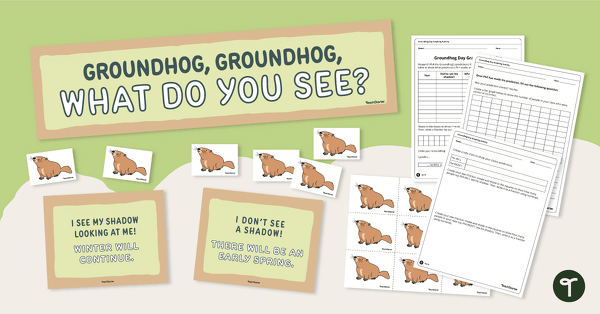
Groundhog Day Graphing Prediction Display and Worksheet
Graph the likelihood that Punxsutawney Phil will see his shadow this year by creating a data chart on our Groundhog Day prediction worksheet.
- Plus Plan

Grade 3 Daily Warm-Up – PowerPoint 1
A 68-slide PowerPoint presentation containing a variety of quick warm-up activities.
- Plus Plan
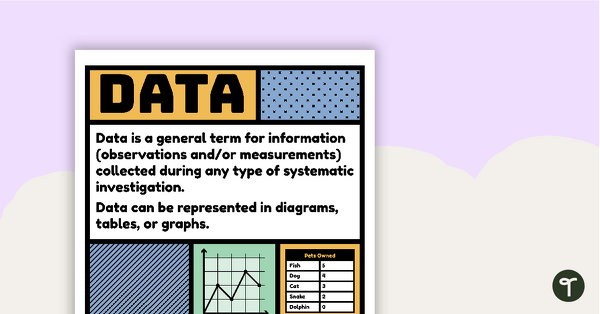
Data Vocabulary Poster
A poster that explains the concept of data and lists associated vocabulary.
- Plus Plan
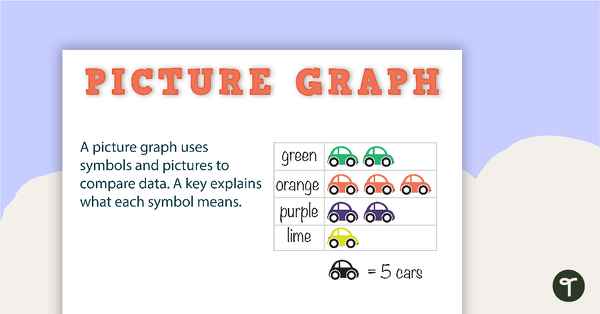
Types of Graphs Posters and Worksheets
A collection of posters displaying the different types of graphs along with matching worksheets to assist students with laying out graphs on the page.
- Plus Plan
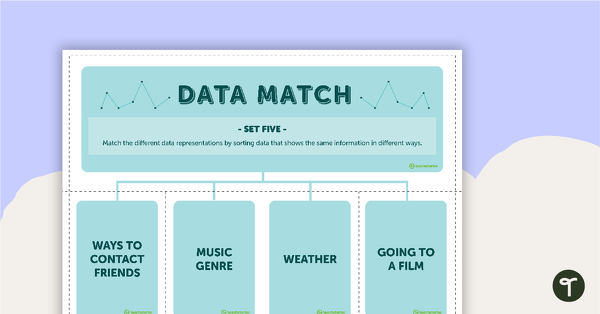
Data Match-Up Cards (Set 5)
A match-up activity for students to use when exploring data.
- Plus Plan
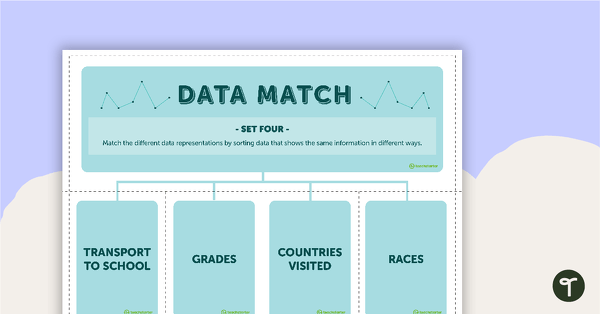
Data Match-Up Cards (Set 4)
A match-up activity for students to use when exploring data.
- Plus Plan
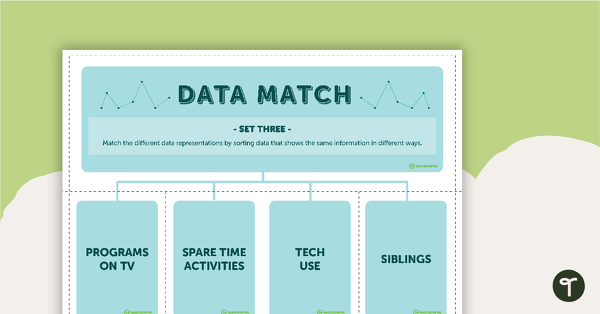
Data Match-Up Cards (Set 3)
A match-up activity for students to use when exploring data.
- Plus Plan

Open-Ended Math Problem Solving - Grades 1, 2, and 3 (PowerPoint Version)
A PowerPoint with 20 open-ended problem solving questions covering a range of mathematical concepts.
- Plus Plan
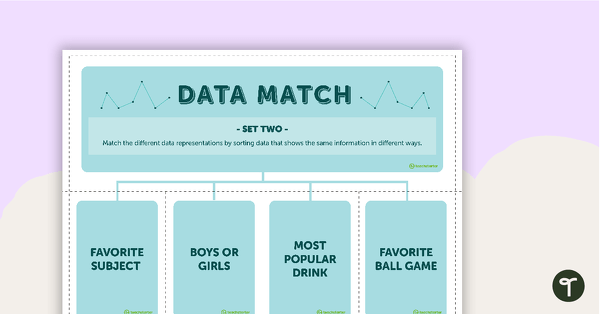
Data Match Game Cards (Set 2)
A match up game for students to use when exploring data.
- Plus Plan
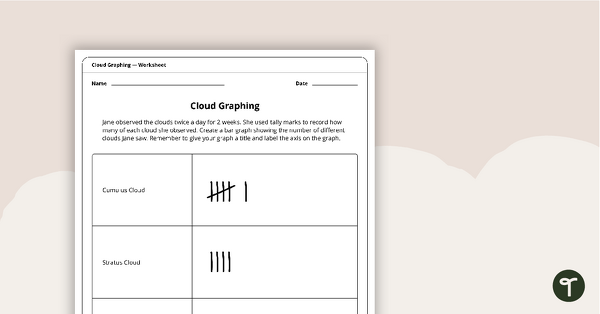
Cloud Graphing Activity
A worksheet to use when graphing cloud observations.
- Plus Plan
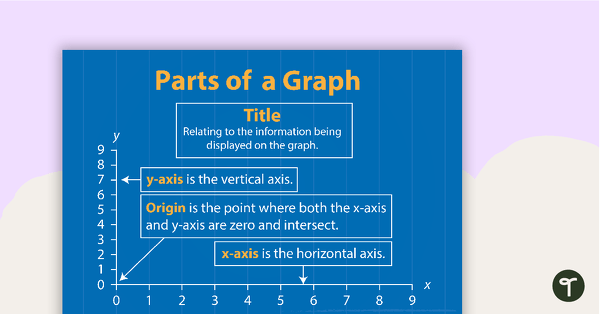
Parts of a Graph (Color Version)
A poster showing the different parts of a graph.
- Plus Plan

Data Match-Up Cards Resource Pack
A match-up activity resource pack for students to use when exploring data.